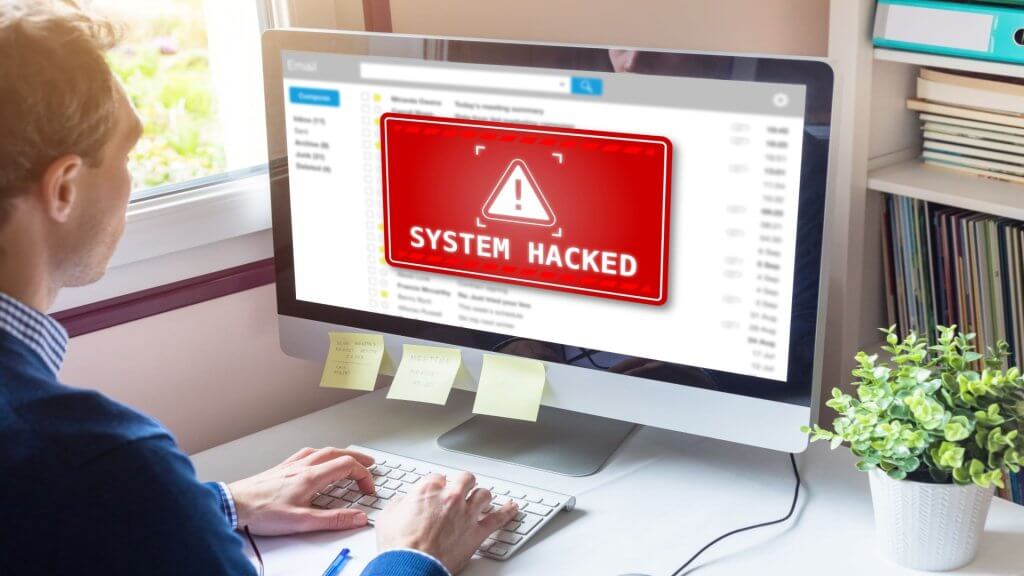With an increased demand for efficiency and modernity in educational institutions, School Administrators often face tight budgets when upgrading school facilities, but some cost-effective renovations can bring significant improvements. Implementing thoughtful, strategic improvement doesn’t necessarily have to break the bank. This article uses real-world insights and research to discuss practical, budget-friendly ways to improve school environments.
Why Are School Renovations Important?
School renovation is vital for establishing safe, interesting, and efficient learning environments. Well-preserved buildings show community value in education, which motivates and pushes the students and staff to learn more.
Renovation of old school buildings can also assist in cost-cutting through better energy efficiency and healthier air quality within schools. Schools can save money in the long run if infrastructure problems are identified and addressed early on. Here are some affordable yet impactful renovation ideas
1. Energy-efficient Lighting Upgrades
Installing LED lighting is one of the schools’ easiest and most budget-friendly upgrades. LED lighting consumes at least 75% less energy than an incandescent bulb and lasts 25 times longer. Consider upgrading high-usage classrooms, hallways, or gymnasiums to LED lighting.
Apply for government grants or energy-saving programs, such as the Efficiency and Conservation Block Grant Program or the Green Ribbon Schools Program, that assist in offering some upfront costs.
2. Adding Multipurpose Spaces
Many schools may not need to invest in new buildings, but they can instead use the available space for multiple-use areas. For instance, you can update a simple cafeteria to double that space to become a dining hall, assembly room, or community center after school hours. This creates more usable space without significant new construction costs.
Consider using durable and movable furniture such as folding tables and chairs, and partition walls should be used to divide the large space into smaller but functional areas. For an added touch of organization and efficiency, consider updating your storage solutions with the latest from Schoollockers Locker company.
3. Fresh Coat of Paint
A fresh coat of paint greatly impacts a school’s aesthetic, learning, and well-being. Choosing the right color can help students stay calm and focused. It’s a cost-effective way to make a big impact, turning outdated classrooms into welcoming and modern spaces. Involving the students and teachers in selecting colors gives them a sense of ownership and pride.
How Can Schools Improve Sustainability While Renovating?
- Install solar panels: Solar panels are an excellent way for schools to become more sustainable as they will save schools at least 70% in electricity costs on a long-term basis. Such an investment is pricey initially, but federal and state programs, such as the Investment Tax Credit, and grants like the Rural Energy for America Program, help lower costs. In addition to reducing expenses, solar panels offer a hands-on educational tool for teaching students about renewable energy and sustainability.
- Water conservation measures: Water conservation measures such as installing low-flow toilets, faucets, and water bottle filling stations can significantly reduce water usage and save money. Using low-flow toilets alone will save up to 60% of reduced water usage. You can take advantage of incentives available from local water utilities or even through programs offered by the EPA, like WaterSense, for the installation cost.
Endnote
Enhancing school facilities doesn’t require a hefty investment. These budget-friendly strategies, such as energy-efficient lighting or flexible multi-purpose spaces, create dynamic, healthier environments for students and staff. Saving money through renovations that demonstrate you care about education and the health of your community is something unique. By investing in such cost-effective changes, schools lay the groundwork for long-term sustainability and foster thriving learning cultures beyond the classroom.





















